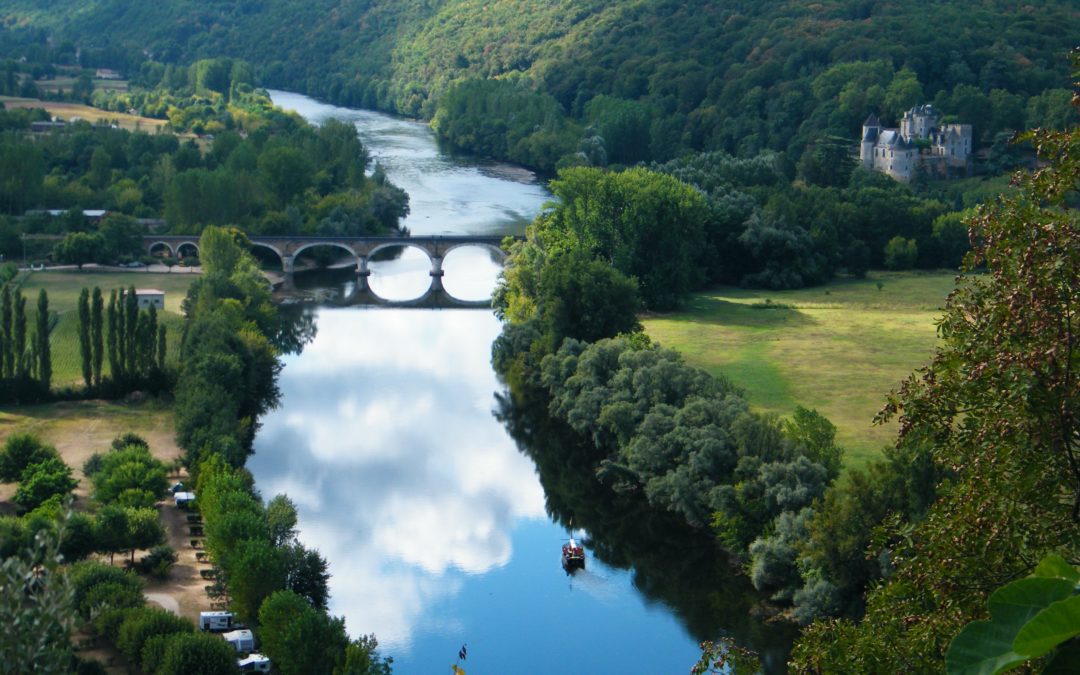
by Lorri | May 29, 2019 | UnCorked
When I am asked “what is a great French wine to start exploring” most people find it shocking I recommend one of the most difficult to pronounce: Chateauneuf-du-Pape, this French wine appellation is the gateway to all that is beautiful in French wine and everyone deserves to be drinking this gem.
Let’s start with the pronunciation, “shah/toh/nuf dew pahp.”
Chateauneuf-du-Pape is a French appellation in the Southern Rhone known for its grenache based red blends. If you are looking at a map, it is just north of Avignon very close to Provence. Chateauneuf-du-Pape wines include about 13 different grapes but don’t worry about memorizing details and just remember grenache because nearly 75% are dedicated to this grape.
The history and growing of this wine are just as intriguing as the wine. The name means, “pope’s new castle.” In 1308, Pope Clement V relocated the papacy to the town of Avignon. It’s said the Pope was a lover of Burgundy wines but at the time the vineyards around Avignon were not even slightly comparable to the legendary wines of Burgundy. John XXII succeeded Clement and was also an admirer of the great wines of France. He did a lot to improve viticulture practices and is famous for building the castle which still stands as a symbol to the appellation.
For me it’s the dedicated viticulture practices giving me the most appreciation when I enjoy a glass from this region. The vineyard soils are layered with stones called galets. The stones are key for the vineyards’ survival. During the day they receive ample sunshine and at night they retain heat and continue to slowly ripen the grapes. The region also has a unique terroir with its intense mistral winds. Because of the intense winds the vines are pruned as bushes to limit damage. These winds also remove moisture from the vines creating a drier climate for the vine growth.
A great bottle of Chateauneuf-du-Pape is bursting with plummy fruit flavors, rich raspberries with a touch of herbs (sage, lavender and rosemary), game and leather. And if all of that were not enough it finishes with a sweet-strawberry taste balanced perfectly with a tannic structure and noticeable alcohol level. Depending on the age and vintage of your bottle it can range from sweet to savory.
So, if you simply practice the phonetics in order to pronounce this wine for buying, I promise it will be your new French favorite.
- 2015 Telegramme Chateauneuf du Pape, France (about $50 retail)
- 2015 Mont Redon Chateauneuf du Pape, France (about $65 retail)
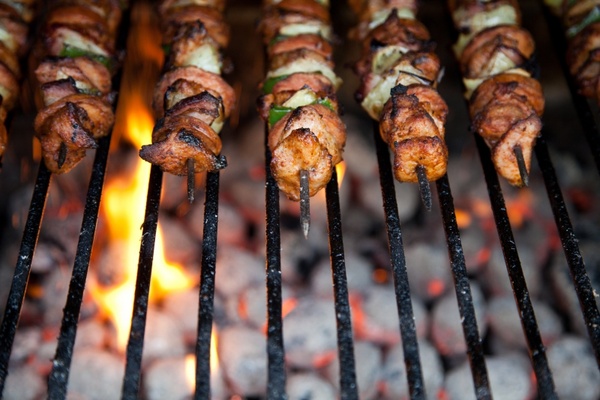
by Lorri | May 22, 2019 | UnCorked
There is just something about the alluring aromas of the grill and of course anything coated in barbecue sauce.
Often these smoky, spicy and sometimes sweet flavors seem to demand a beer pairing. But cabernet sauvignons and rieslings are just as enjoyable as the cold brew for this barbecue matchup.
Beer’s appeal likely has more to do with serving temperature than flavor profile as it is usually served icy cold.
Many think chilling a red wine is taboo. It’s not. There’s nothing wrong with serving red wine chilled. Keep in mind, I am referring to chilling — not dropping ice cubes into your glass. Many red wines are served too warm even in a restaurant setting and even more at the outdoor grill. Just put your red wines in the refrigerator for a quick chill and don’t leave them sitting out in the sun while you await your grilling perfection. Some of the wines ideal for chilling are Beaujolais (gamay), pinot noir and barbera.
THE VALUE
- 2017 Louis Tete Beaujolais Villages, France (about $13 retail)
THE SPLURGE
- 2017 Adelsheim Oregon Pinot Noir, Oregon (about $29 retail)
Most of us don’t consider white wines as a match to the flavors of a barbecue sauce but most are ideal partners. Think high acidity and refreshing aromatics. Pinot grigio and sauvignon blanc are almost always safe bets with almost any sauce. If the sauce takes on spicy and sweet flavors, consider rieslings and gewurztraminers.
THE VALUE
- 2018 Montinore Riesling, Oregon (about $13 retail)
THE SPLURGE
- 2018 Daniel Chotard Sancerre, France (about $26 retail)
And then there’s the all-purpose go-to, best bet, never let you down summertime grilling treat. If you read this column regularly you can already guess this match will always be a dry rosé. It’s the refreshing, chilled, slight tannic structure of these wines that make these combinations work.
THE VALUE
- 2017 Acrobat Pinot Noir Rosé, Oregon (about $14 retail)
THE SPLURGE
- 2017 Commanderie de la Bargemone Provence Rosé, France (about $17 retail)
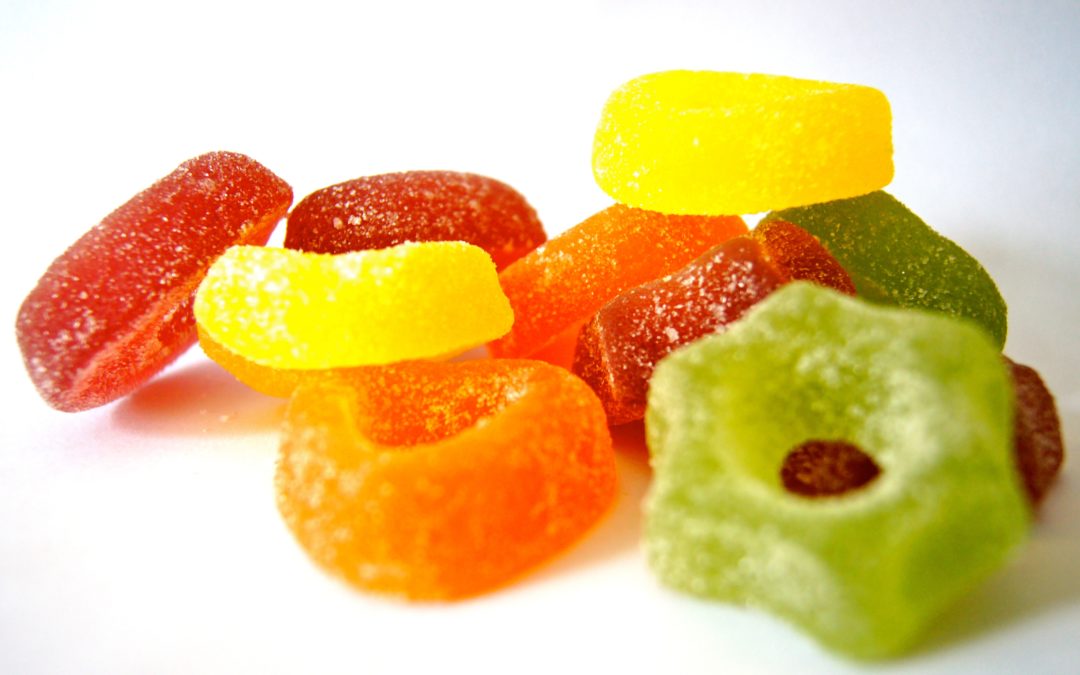
by Lorri | May 15, 2019 | UnCorked
Residual sugar is an often misunderstood wine term. Many people wrongly think residual sugar means the wine is sweet. To further complicate the topic, there is an undeserved stigma among wine drinkers regarding sweet wines.
Residual sugar (or RS) refers to the natural grape sugars left over in a wine after the alcoholic fermentation is complete. It is measured in grams per liter. The amount of residual sugar will vary in different types of wine depending on the varietal and style. Many wines labeled “dry” may have as much as 9 g/L of residual sugar. Wines with 35 grams per liter of residual sugar are those most would consider to taste sweet.
The sugar in grapes is a blend of glucose and fructose. Grape juice starts out intensely sweet. During the fermentation process, yeasts will eat the natural sugars, resulting in alcohol. When the yeasts consume all or almost all of the sugar present the result is dry; when the winemaker makes the choice to stop the fermentation before all of the sugar has been consumed by the yeast the resulting wines will retain some residual sugar. The resulting wines range from off dry to sweet.
DRY (0-9 G/L RS)
Almost all red and most white wines fall into this category.
Dry red wines include pinot noir, malbec, syrah, cabernet sauvignon, merlot, Valpolicella (except Recioto della Valpolicealla), dry rose.
Dry white wines include pinot grigio, unoaked chardonnay, some riesling, pinot gris, sauvignon blanc.
OFF DRY (10-18 G/L RS)
Off dry wines include demi-sec Vouvray, “extra dry” Champagne, Lambrusco secco
MEDIUM DRY AND SEMI-SWEET (19-50 G/L RS)
Medium dry/semisweet wines include chenin blanc, “dry” Champagne
MEDIUM SWEET (51-120 G/L RS)
Moscato d’Asti, Moscatos, Lambrusco, many Rieslings, “demi sec” or “sec” Champagne, Port and maderia are medium sweet wines.
SWEET (121 AND ABOVE G/L RS)
Often called dessert wines, Sauternes, Tokaji, ice wines, some rieslings, Recioto della Valpolicealla fall into this category.
THE VALUE
- 2018 Bell’Agio Lambrusco, Italy (about $12 retail)
THE SPLURGE
- 2018 Castello Del Poggio DOCG Moscato d’Asti, Italy (about $19 retail)
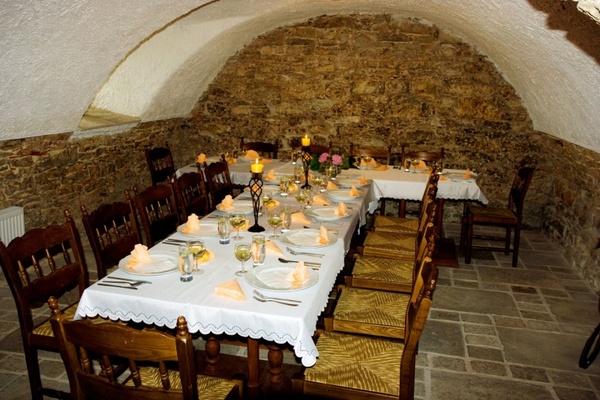
by Lorri | May 8, 2019 | UnCorked
I recently read an article about the death of the dinner party. It was an interesting read but it left me with mixed emotions. The article argued we have veered away from hosting sit-down dinner parties in our homes to instead gathering with friends at restaurants. And I agree, my husband and I find this form of entertainment effortless. But, at the same time I couldn’t wait to host my next dinner party!
There are many reasons why the classic dinner party isn’t as popular as it used to be — the obvious is the ease of meeting at a restaurant; but also time and planning; logistics of having enough dishes, glassware, flatware or chairs; limited cooking ability; and perhaps most tragic, that conservation and hosting may be becoming lost arts.
Another reason? Traditional dinner parties are viewed as stuffy, formal affairs. My suggestion is to move away from the formal setting and make the occasion casual.
An easy way of doing this is making the wine the central conversation piece of your gathering. Consider hosting a dinner with only three courses. Nothing complex, just a salad to start, main course and end with a dessert. I will leave the preparation to you but remember there is nothing wrong with picking up your courses from a local restaurant and serving them on your dishes. Pair each course with its own wine.
FIRST COURSE
Most salads will have high acid ingredients such as tomatoes, citrus and certain cheeses including goat, feta or cheddar. They pair best with high-acid wines like sauvignon blanc, riesling, Champagne or sparkling wines. To make this course an easy match avoid serving the salad with an assertive vinaigrette.
THE VALUE
- BV Coastal Sauvignon Blanc, California (about $11 retail)
THE SPLURGE
- Cliff Lede Sauvignon Blanc, California (about $26 retail)
MAIN COURSE
Let your main course be an easy dish you have already mastered. Remember, the goal of your dinner party is just casual conversation and a relaxed setting. If a pasta dish is one of your specialties or you are a grill master, then that’s what you should serve. Just use your cooking confidence to prepare a main course stress free to you. Keep it simple with a light bodied red wine.
THE VALUE
- Aime Boucher Pinot Noir, France (about $13 retail)
THE SPLURGE
- A to Z Oregon Pinot Noir, Oregon (about $21 retail)
DESSERT
There is nothing wrong with grabbing a dessert from your local grocer. And remember your wine can also be your dessert.
THE VALUE
- Chateau Hallet Sauternes, France (about $20 retail, 375 mL)
THE SPLURGE
- Jackson Triggs Vidal Icewine, Canada (about $28 retail, 187 mL)
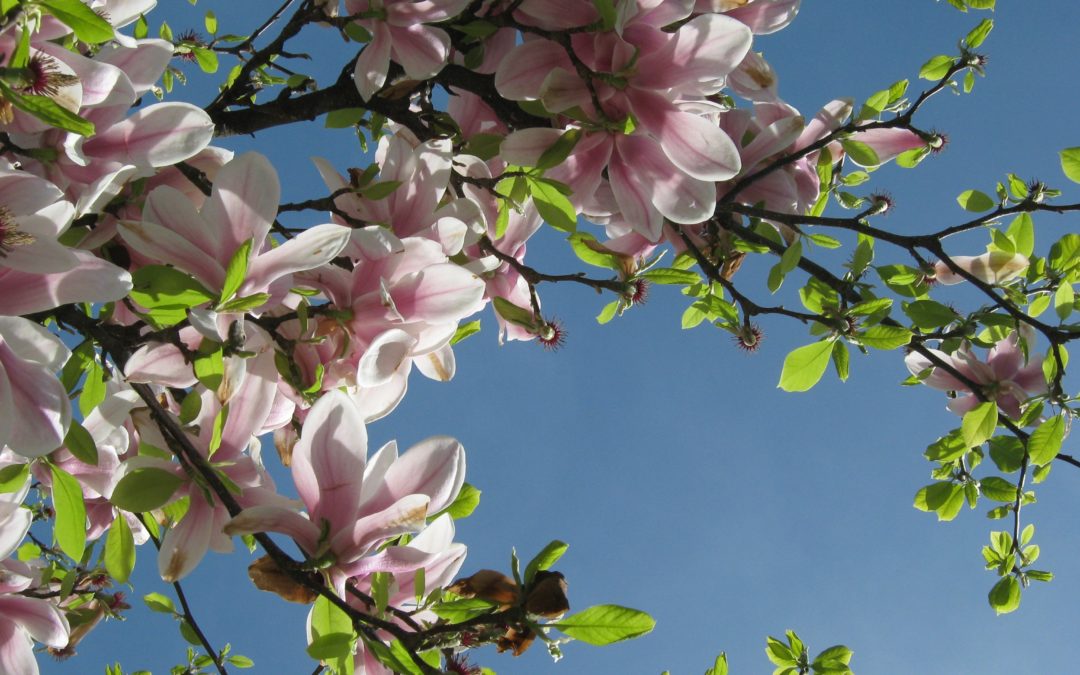
by Lorri | May 1, 2019 | UnCorked
Spring is an interesting time. We have sunny, summerlike days that demand a refreshing dry rose followed by those unpredictable rainy, cool days that call for burly red wine.
By request, these are of some of my favorites to have on hand for the unpredictable days of spring. To make it easy on your budget I’ve included only the everyday drinking wines of our “value” list.
Gruner Veltliner is one of those overlooked grape varieties unlike any other refreshing white wine. This grape offers a unique flavor of lime, lemon and grapefruit wrapped into a signature vein of acidity.
- Raptor Ridge Gruner Veltliner, Oregon (about $19 retail)
Gamay is a light-bodied red wine similar to the taste of pinot noir (an actual cousin). Gamay has a bounty of aromatics ranging from strawberry, floral and even earth notes. The plus of this grape variety is its surprising ability to pair with a wide range of foods — even fish!
- Le Coeur de la Reine, France (about $15 retail)
If you are familiar with unoaked chardonnay you most likely are one of its dedicated followers. The best way to describe this refreshing, elegant wine is to imagine all the other chardonnays massed produced in the market but with no butter, vanilla and creamy taste. It’s a delicious wine for food or an everyday staple.
- Kim Crawford Unoaked Chardonnay, New Zealand (about $17 retail)
Picpoul is a refreshing bone-dry white wine layered with grapefruit, floral, green apple, lemon and most importantly racing acidity. It’s this high acidity and citrus fruit notes that make this wine an all-around food pairing dream and chilled sipping sensation.
- HB Picpoul de Pinet, France (about $12 retail)
Albarino will always offer a refreshing taste wrapped into structured acidity while showcasing its aromas and taste of peaches, apricots and almonds. The best versions of this grape come from the Rias Baixas region in Spain.
- Martin Codax Albarino, Spain (about $15 retail)
Viognier is one of the softest, perfumed, uplifting, savory, creamy and rich white wines on the market. If you are one to stop and smell the flowers, then viognier will be your new love.
- Pine Ridge Chenin Blanc-Viognier, California (about $13 retail)
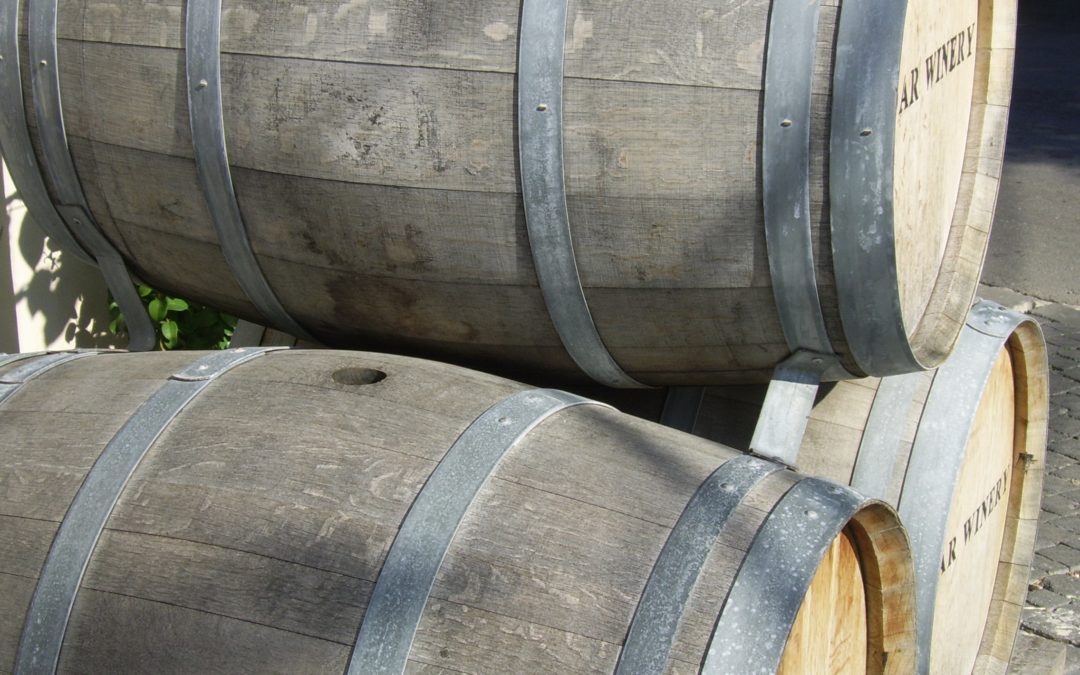
by Lorri | Apr 24, 2019 | UnCorked
We often hear, “Wine is made in the vineyard,” implying that soil, sunshine, fresh air and water are all that’s needed to make great wine. This is somewhat correct in that we can put a bunch of grapes in a bucket and most likely a yeast in the surrounding environment will take over and fermentation will occur naturally. But in reality the process is much more complex and includes a variety of other ingredients. Today, many consumers want to know what those ingredients are and why they’re being used, and advocacy groups are pushing for all ingredients to be listed on wine labels.
Unlike other food and drink manufacturers, wine, beer and spirits producers are not required to disclose ingredients on their product labels, although labels generally include grape varietal, alcohol percentage and the presence of sulfites.
I want to stress I am confident in the quality and safety of all the wines I buy and recommend.
So what are those “other” ingredients?
Mega Purple is a newer additive used in very small amounts to add color and sugar to wine when one or the other may be deficient in the fruit. It is considered a natural ingredient because it is derived from grapes. Simply put, it’s really just a grape concentrate. The addition gives wines a more harmonized flavor and aroma ending with a more jammy, soft quality in the wine. French winemakers have been using beet juice for many years obtaining the same result.
Liquid or powdered tannins, tartaric, citric or malic acid are also commonly used. These ingredients may sound mysterious, but they are components found in most fruits. They are used in many wines when the fruit is harvested overly ripe to make the wine more structured.
Fining agents are among the more controversial additives used. The fining process is used to finish wines by clarifying and removing dead yeast, grape solids or tannin. The centuries-old traditional method uses egg whites, milk protein or isinglass (a gelatin made from sturgeon bladders). These agents are considered controversial because they are not vegan or kosher. Minerals such as bentonite or kaolin can also be used. For most of us there’s no need to be concerned because only traces of these agents are left — in minute quantities at a molecular level — in a finished wine.
Sulfites are already disclosed on labels, but advocacy groups are pushing for disclosure of Velcorin, a brand name of dimethyl dicarbonate. It is used to eliminate yeast, bacteria and molds with potential to contaminate wine. It is introduced in the first 24 hours of winemaking and then breaks down into minute amounts of flavorless and nontoxic carbon dioxide and methanol. It is already used in ready-to-drink teas, sports drinks and sweet fruit drinks.
Some of these additives are necessary for producing a quality product, others are used as shortcuts, and some are used to save a vintage that Mother Nature wasn’t kind to.
Do any of these ingredients pose a threat to our health?
No.
But knowing these ingredients are in your wine — and why — makes you a more-informed consumer and can help you gain a greater appreciation for how your favorite wine went from field to glass.
Page 3 of 90«12345...102030...»Last »





